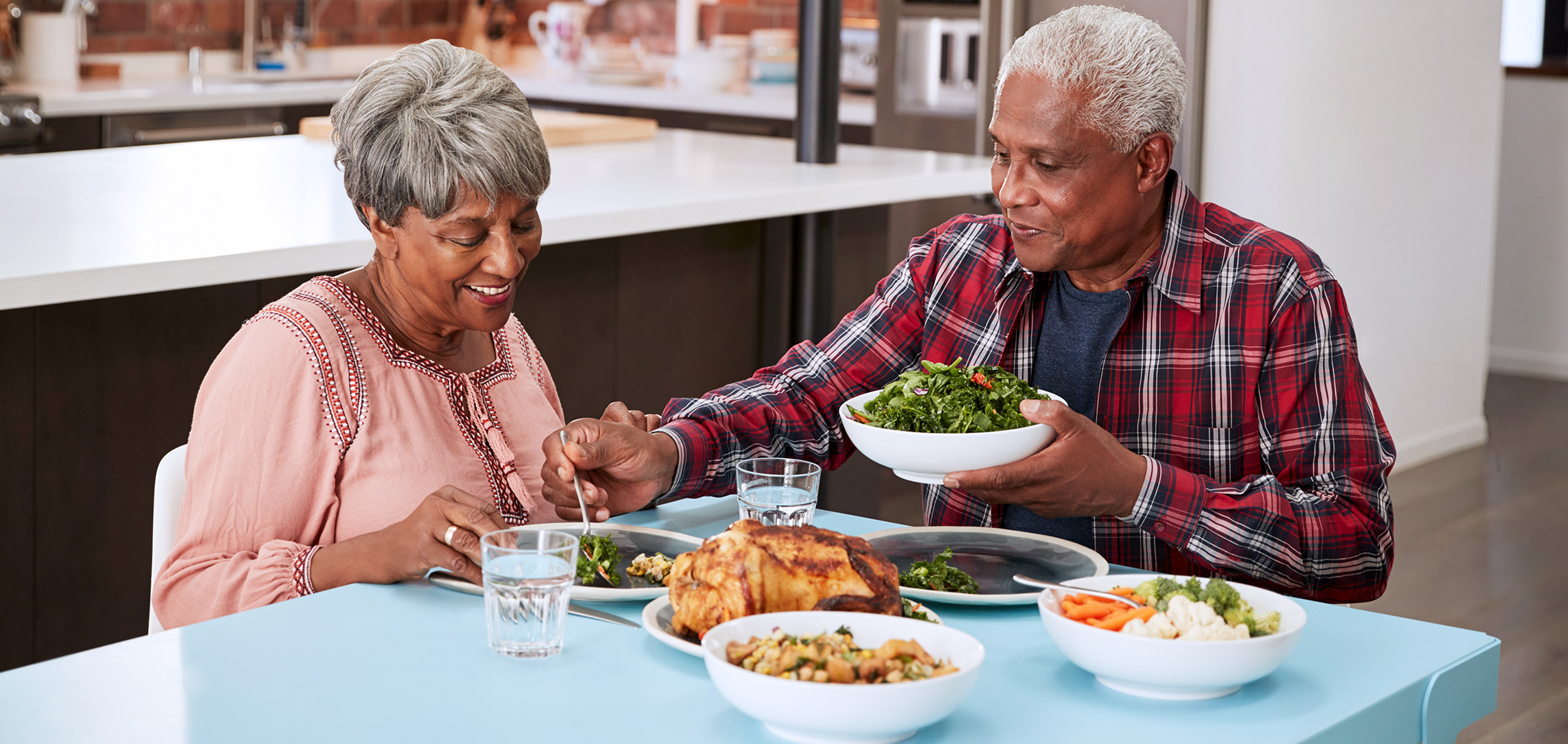
As you become older, the food you eat matters a lot. Eating healthy and an active lifestyle helps prevent you from developing diseases like high blood pressure and diabetes. It also provides the energy and nutrients needed to maintain your health.
Being part of a particular age group means having specific nutrition requirements. The nutrition you need varies as you increase your age. You now need a new meal plan different from the old one since there is now food that you must eat less or not and food that you need to eat more.
These adjustments are essential to ensure that you still have a healthy meal plan as you age. That’s why older people, like yourself, should say goodbye to foods high in saturated fat and added salt and sugar. They should now start to eat more of the five types of food discussed below.
Vegetables are the number one food older people should include in their meal plans since it’s low in kilojoules. They produce nutrients, minerals, and vitamins like magnesium, vitamin C, and folate. Dietary fiber and phytochemicals, including carotenoids, are also present in them.
Eating vegetables each day reduces the risk of coronary heart disease and stroke. Cancers and cardiovascular diseases can also be prevented if vegetable consumption is continued. Additionally, eating vegetables also prevents older people from gaining unwanted weight.
However, vegetables aren’t palatable to many people, even those of advanced age. Your age group is recommended to eat at least five servings of vegetables. Each serving is around 75 grams or 100 to 350 kilojoules. If you think that’s difficult, you can always drink supplements to support your healthy lifestyle.
Nutritious Superfood Supplements enhance your vitamin and nutrient intake. They’re typically made of dried leafy greens and other vegetables, herbs, fruits, seaweed, probiotics, and digestive enzymes. They provide the additional micronutrients, phytonutrients, and adaptogens that older people’s bodies need.
For those seeking to include more greens in their diet but finding it challenging to meet the ideal servings of vegetables daily, opting for a delivery of farm-to-table veggie goodness can simplify achieving these nutritional goals. Services like HelloFresh’s vegetarian meal delivery offer a convenient solution with plant-based meal kits designed to enrich your diet with diverse, nutrient-packed meals.
Adding fruits to an older person’s meal plan is essential. Eating fruits reduces the risk of cancer, high blood pressure, and cardiovascular conditions. They also prevent you from overeating since most fruits are low in energy and high in water and fiber, making you feel fuller.
They’re six categories of fruit you can choose from:
You’ll need at least two servings of fruit per day. Each serving is approximately 350 kilojoules or 150 grams. You can eat them fresh as this is most nutritious for older people. They can also be added to salads, cereals, toasts, and porridges or be used in a dessert like fruit crumbles, baked apples, or poached fruit.
Just make sure that you don’t always consume fruit juices and dried fruit as they’re high in kilojoules and can cause dental decay.
Grain foods are mostly made from oats, rice, rye, corn, and wheat. They can be grouped into bread, breakfast cereals, grains, and other products. You’ll need to consume four to six servings (containing 500 kilojoules per serving) of grain foods daily.
Grain consumption provides protein, fiber, and carbohydrates, making older people active. A range of vitamins and minerals such as folate, riboflavin, niacin, iron, zinc, thiamin, magnesium, phosphorus, and vitamin E are also produced. These reduce the risk of cardiovascular disease, colon caned, coronary heart disease, and diabetes.
Two to three serves of protein-rich food should be included in an elderly meal plan. This standard serving is around 500 to 600 kilojoules. It will provide older people with nutrients that reduce the risk of heart and cardiovascular diseases and the development of dementia and macular degeneration in the eyes.
Protein-rich food is a good source of other nutrients like iron, zinc, vitamins, iodine, and essential fatty acids. They can be categorized into six categories:
Low-fat dairy food includes all milk, yogurt, and cheese as long as they’re calcium-fortified. This food is suitable for any meal schedule in the meal plan. They can perfectly fit in breakfast, lunch, dinner, snack, and dessert.
They provide readily absorbable calcium. It strengthens the bones of older people. Iodine, protein, vitamin A, riboflavin, vitamin D, vitamin B12, and zinc are also produced by low-fat dairy products. Older people can have at least two to three servings per day. Each serving corresponds to around 500 to 600 kilojoules.
Having a healthy diet is critical when you’re already an older person. Making their meal plans healthier is a consequential move to ensure a healthy lifestyle. It helps prevent older people from having illness and provides them an opportunity to have a longer life.
![]()